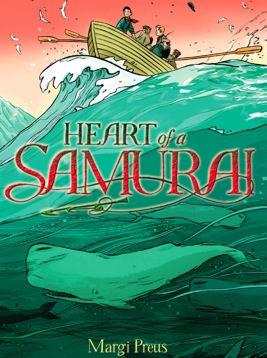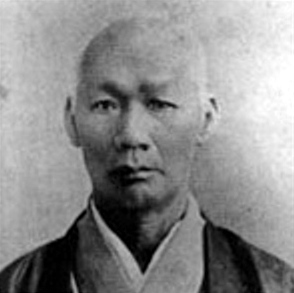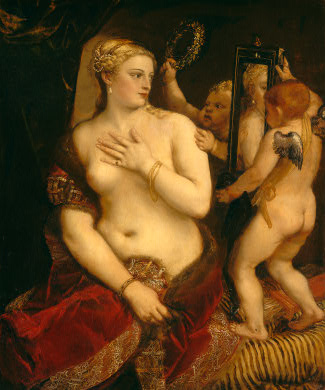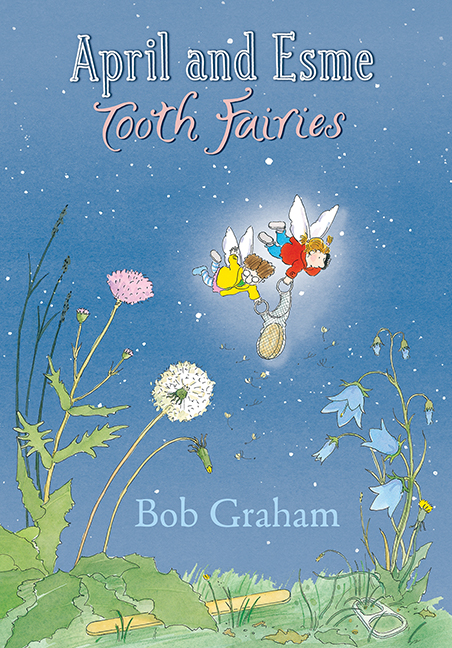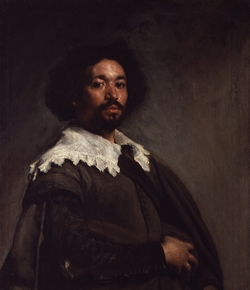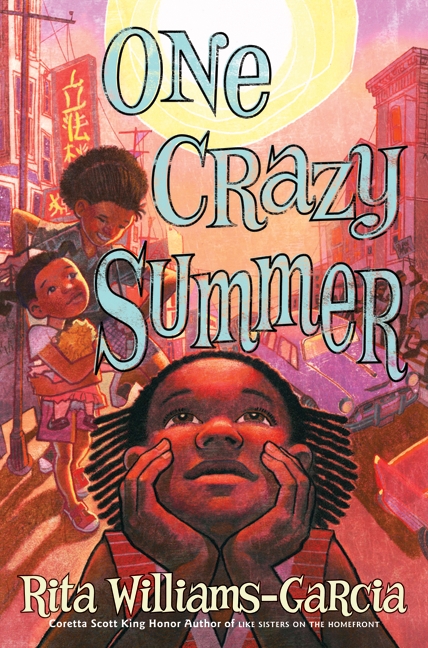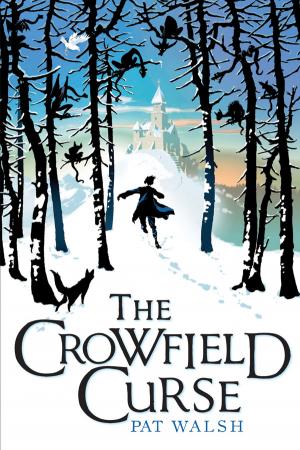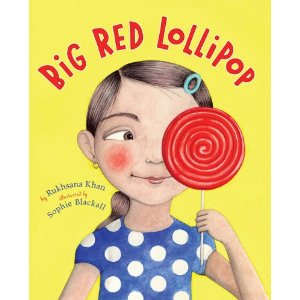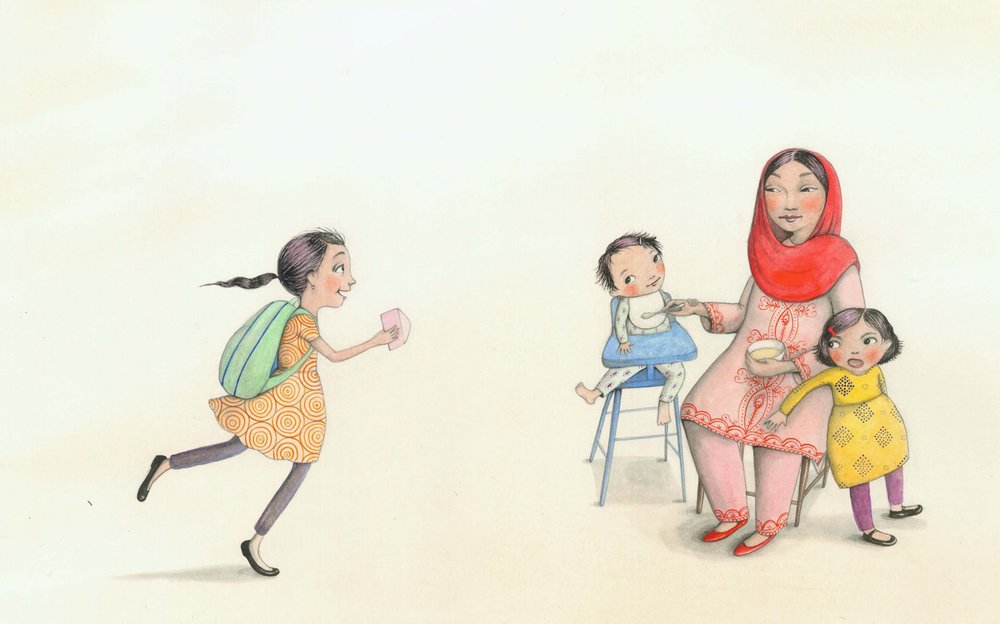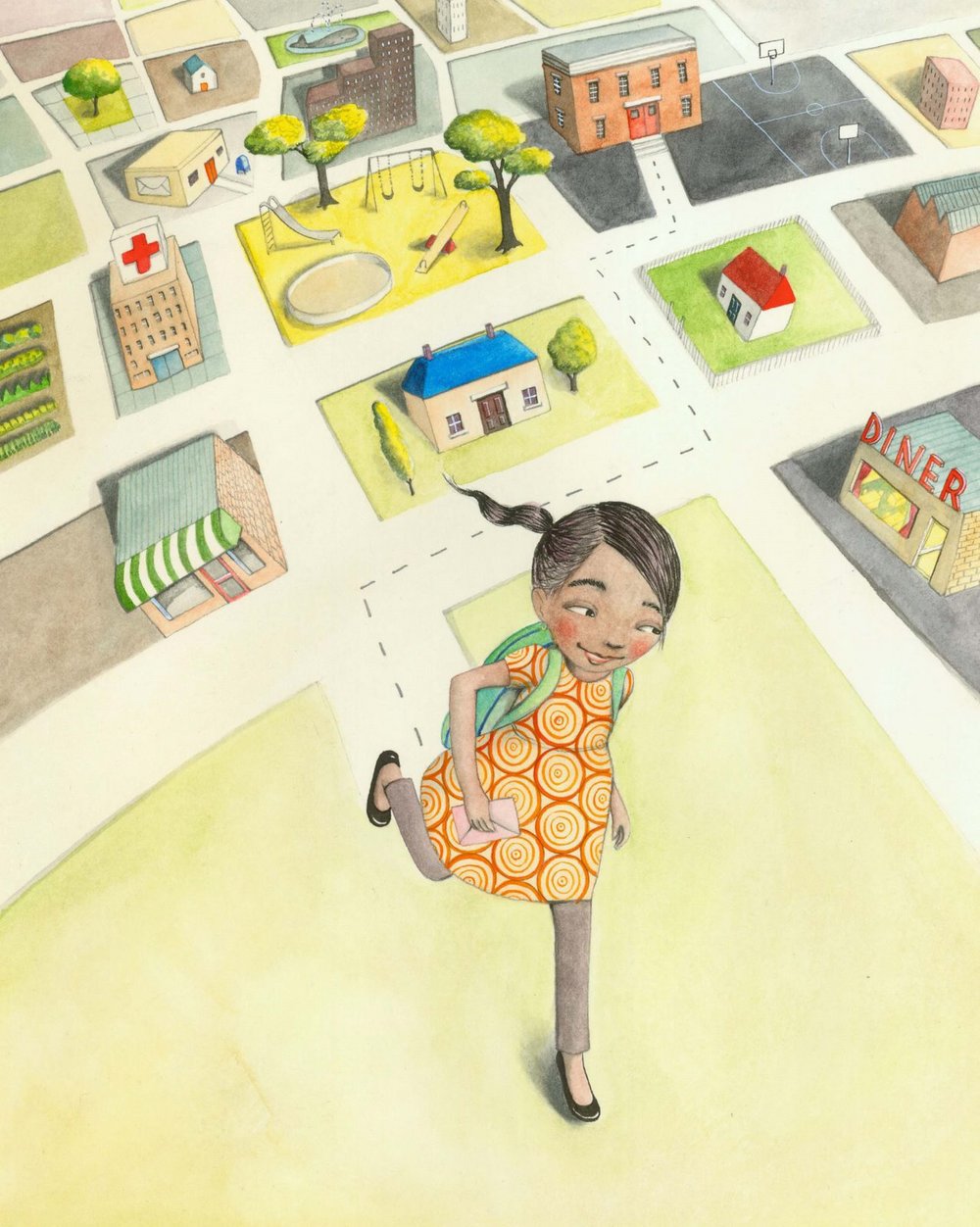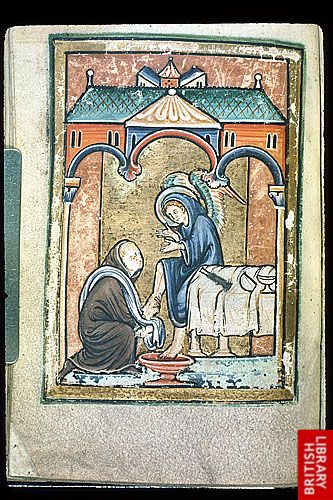 Congratulations to the winners of the 2010 Cybils awards! All of these books combine literary merit and kid appeal, the twin criteria of the Cybils; but I'd especially like to call your attention to the winner in the Middle Grade Science Fiction and Fantasy category: The Shadows, Volume 1 of The Books of Elsewhere, by Jacqueline West (illustrated by Poly Bernatene; Dial, 2010). This was my second year as first-round panelist in this category, which means that I read a lot of mg sff in the fall. The Shadows, though, I already loved: I had read and reviewed it last summer, as part of my Middle Grade Gallery series (the paintings in Olive's old house are actually portals to an alternate reality), and I recommend it often--my copy is out on loan to a fifth-grade reader right now! I think I'm allowed to say that it made it onto my own shortlist easily (although I know the judges' panel must have had quite a time choosing a winner from among the our seven finalists). And that I'm thrilled that it won.
Congratulations to the winners of the 2010 Cybils awards! All of these books combine literary merit and kid appeal, the twin criteria of the Cybils; but I'd especially like to call your attention to the winner in the Middle Grade Science Fiction and Fantasy category: The Shadows, Volume 1 of The Books of Elsewhere, by Jacqueline West (illustrated by Poly Bernatene; Dial, 2010). This was my second year as first-round panelist in this category, which means that I read a lot of mg sff in the fall. The Shadows, though, I already loved: I had read and reviewed it last summer, as part of my Middle Grade Gallery series (the paintings in Olive's old house are actually portals to an alternate reality), and I recommend it often--my copy is out on loan to a fifth-grade reader right now! I think I'm allowed to say that it made it onto my own shortlist easily (although I know the judges' panel must have had quite a time choosing a winner from among the our seven finalists). And that I'm thrilled that it won.
 In other good news, Spellbound, the second volume of The Books of Elsewhere, will be out in July. Here's the official description: "With no way into the house's magical paintings, and its three guardian cats reluctant to help, Olive's friend Morton is still trapped inside Elsewhere. So when Rutherford, the new oddball kid next door, mentions a grimoire--a spellbook--Olive feels a breathless tug of excitement. If she can find the McMartins' spellbook, maybe she can help Morton escape Elsewhere for good. Unless, that is, the book finds Olive first." Grimoires are great, but I hope we haven't seen the last of the magical paintings!
In other good news, Spellbound, the second volume of The Books of Elsewhere, will be out in July. Here's the official description: "With no way into the house's magical paintings, and its three guardian cats reluctant to help, Olive's friend Morton is still trapped inside Elsewhere. So when Rutherford, the new oddball kid next door, mentions a grimoire--a spellbook--Olive feels a breathless tug of excitement. If she can find the McMartins' spellbook, maybe she can help Morton escape Elsewhere for good. Unless, that is, the book finds Olive first." Grimoires are great, but I hope we haven't seen the last of the magical paintings!
